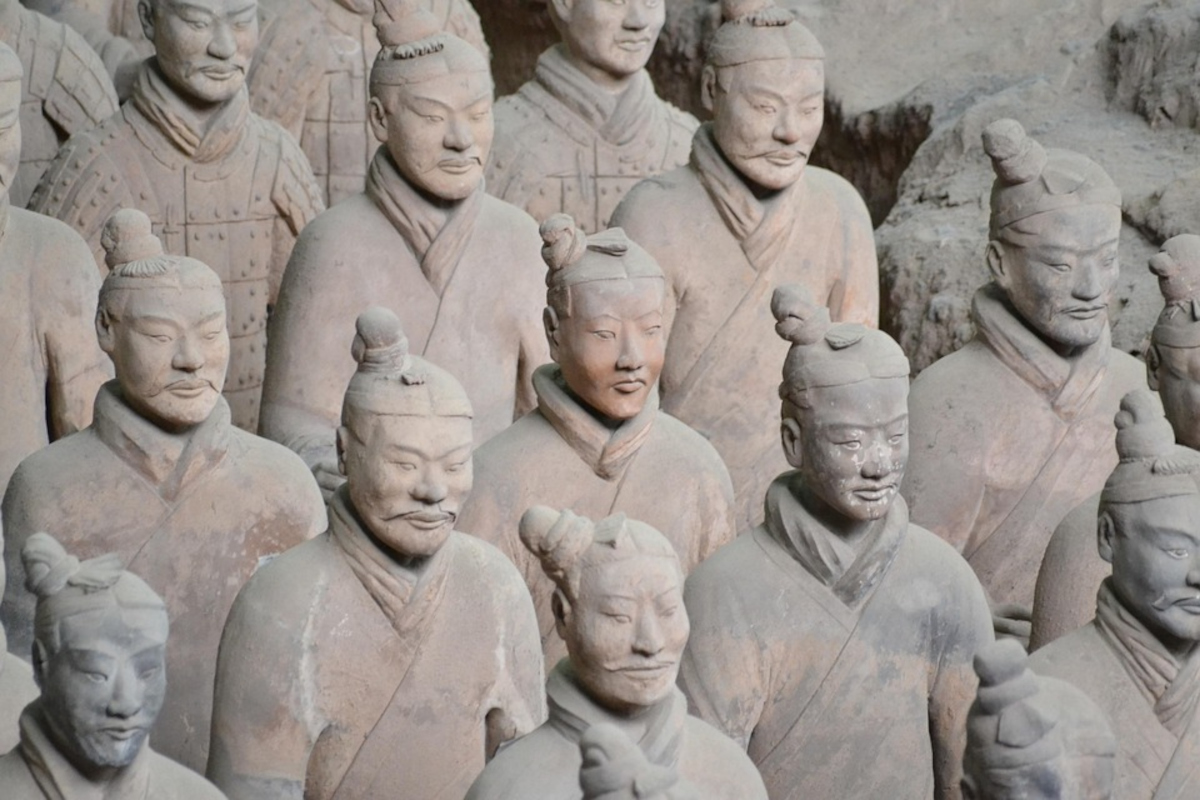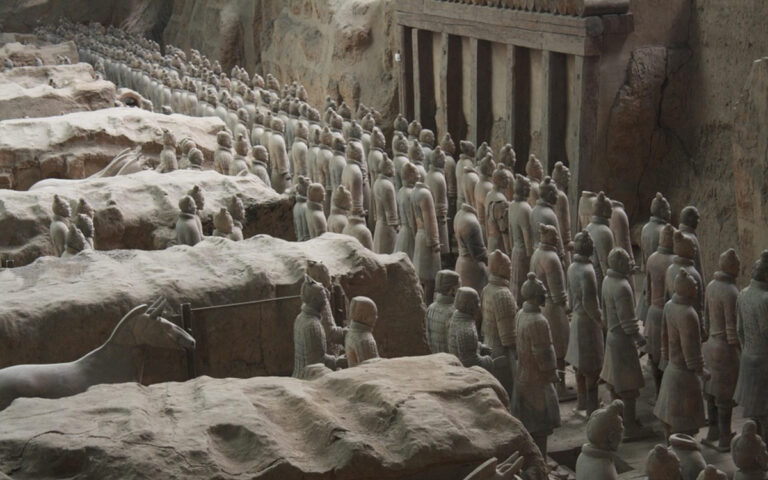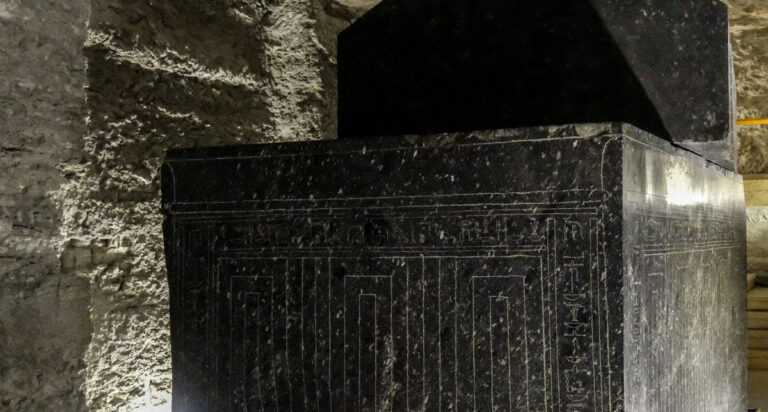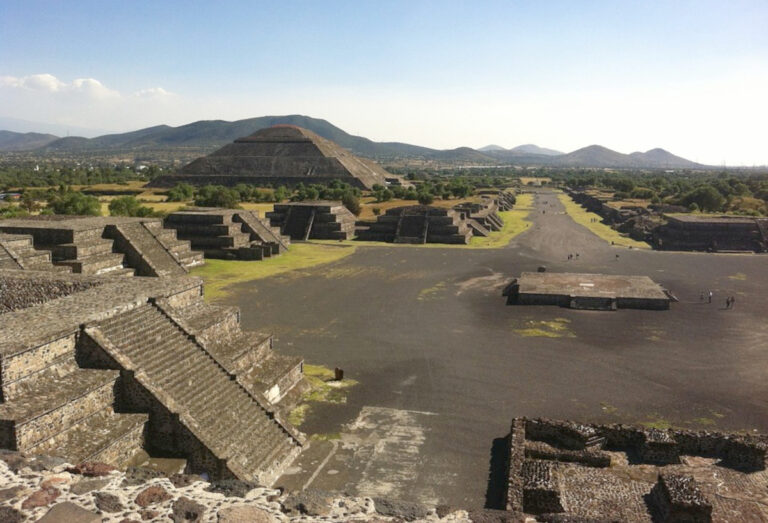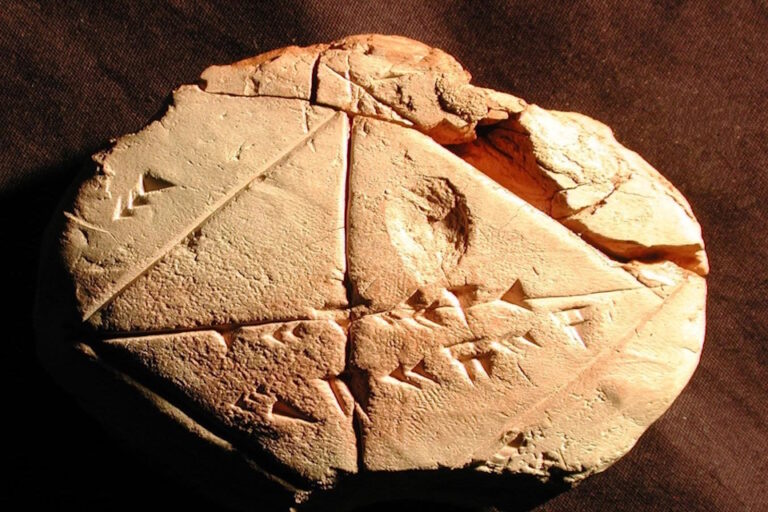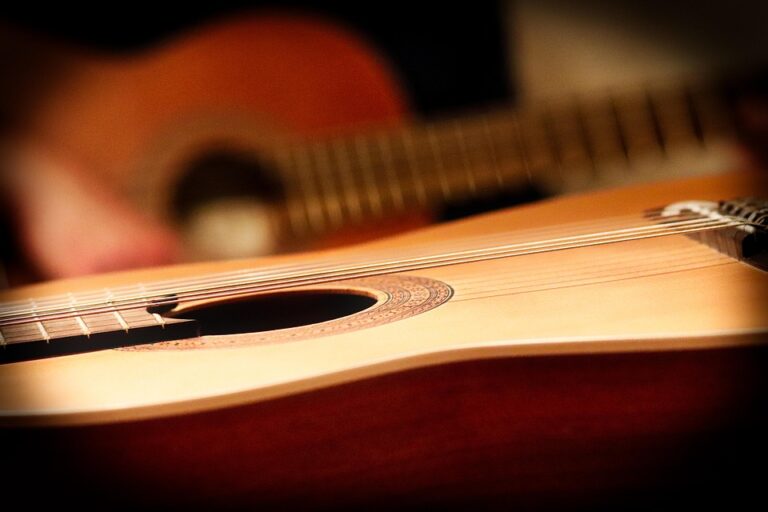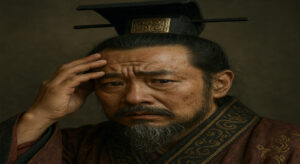The Tomb of Qin Shi Huang, located near the city of Xi’an, is one of the most significant archaeological sites in the world, and it holds the secrets of China’s first emperor. Construction on the tomb began soon after Qin ascended the throne at just 13 years old. Over 700,000 laborers toiled for decades to create the complex, which spans an estimated 56 square kilometers.
Historical texts, particularly Sima Qian’s Records of the Grand Historian, describe an underground palace complete with rivers of mercury, booby traps to deter intruders, and a ceiling encrusted with pearls to mimic the night sky
Let’s dive deeper into the discoveries and what they reveal about the ancient burial complex.
The Tomb and Burial Chamber
The tomb of Qin Shi Huang is believed to lie beneath a large mound of earth, which resembles a mountain. This mound is around 50 meters high and covers the burial chamber where the emperor is said to be buried. According to historical records, the tomb was constructed in a manner to resemble the emperor’s reign, including representations of rivers, mountains, and palaces in miniature.
Mercury: The tomb’s underground chamber is famous for containing large amounts of mercury. Preliminary analysis of soil samples around the tomb has found high levels of mercury, which suggests that the emperor’s tomb may have been constructed to simulate a river of mercury flowing through it. Some historians believe that this mercury might have been part of an elaborate mechanism to protect the tomb from tomb robbers. Recent studies have confirmed that mercury levels near the tomb are abnormally high, adding to the mystery of the site.
Sealing and Protection: Historical accounts mention that the tomb was sealed after the emperor’s burial, with workers and soldiers forced to die so they could guard it. The entire tomb is said to be protected by traps, such as arrows and crossbows, designed to kill anyone who dared to enter.
The Terracotta Army
The Terracotta Army is by far the most famous discovery related to Qin Shi Huang’s tomb. The army consists of thousands of life-sized clay soldiers, each unique in facial features and expressions, designed to protect the emperor in the afterlife. These figures include:
Infantrymen: These soldiers are the most numerous and are depicted with a variety of weapons such as spears, swords, and halberds.
Cavalry: Riders on horses are part of the army and are arranged as if in battle formations, ready to defend the emperor.
Chariots and Horses: Several bronze chariots and their horses have been found buried around the army, adding to the grandeur of the burial site. These chariots are intricately designed, offering a glimpse into the military equipment used during the Qin Dynasty.
Generals and Commanders: Some of the warriors are larger and more ornate, with specific roles as generals or officers. They are placed in positions of command within the formations of soldiers.
Specialists: In addition to soldiers, the tomb contains figures of artisans, acrobats, and other figures representing court life. Some of these soldiers were found with unique attire or positions, indicating their role in the emperor’s army or court.
Discovered in 1974, the Terracotta Army was found by a group of farmers who were digging a well. Since then, the site has been excavated in phases, and new figures are still being uncovered. Over 8,000 warriors, 670 horses, and 130 chariots have been found in three main pits.
The Layout of the Tomb Complex
The tomb itself is an elaborate structure, designed not only as a burial place but as a reflection of Qin Shi Huang’s power and reign. It is often described as a “microcosm” of his empire.
Mapping the Tomb: Archaeologists and historians have used ground-penetrating radar and other modern technologies to map the layout of the tomb complex. These technologies suggest that the tomb includes an underground city with rooms representing the emperor’s life and the world around him. The tomb might contain models of cities, palaces, and even water systems designed to mimic the real world.
Plan of the Complex: The burial complex is thought to be laid out in a way that mirrors the geographical layout of the emperor’s empire, with representations of rivers, mountains, and forests. The emperor’s tomb is believed to be in the center, surrounded by figures and artifacts that symbolize both the celestial and earthly realms.
Artifacts and Daily Life
In addition to the Terracotta Army, a wide range of artifacts representing the emperor’s court and daily life have been discovered:
Weapons: A number of bronze weapons, including swords, crossbows, spears, and halberds, have been uncovered. Many of these weapons are exquisitely made and were likely placed in the tomb to accompany the emperor in his afterlife.
Musical Instruments: Instruments, including bells and drums, were placed in the tomb to accompany the emperor in the afterlife.
Furniture: Wooden models of furniture, including chairs, chests, and tables, have been found, reflecting the lifestyle of the imperial court.
Jewelry and Decorations: Precious stones, jade ornaments, and bronze vessels that would have been used in ceremonies have been discovered. These items indicate the wealth and grandeur of the Qin Dynasty.
Bronze Chariots and Horses
Several bronze chariots with horses have been uncovered near the tomb, illustrating the emperor’s wealth and military might. These models are sophisticated and reflect the technology of the time. Some of these chariots are mounted with real bronze wheels and are designed to appear as though they are in motion.
The chariots were likely intended to provide the emperor with transportation in the afterlife. These models are among the most intricate and impressive finds in the tomb complex.
Recent Excavations and Research
Preservation Efforts: Since the discovery of the Terracotta Army in 1974, numerous conservation efforts have been undertaken to protect the site. The figures, once brightly painted, have lost much of their color due to the passage of time. The discovery of pigments on some of the figures suggests they were originally painted in bright colors, including red, green, and yellow.
Ongoing Excavations: Archaeologists continue to make new discoveries around the tomb, with new pits being opened up to explore more of the burial complex. The area surrounding the tomb is rich with artifacts and features that shed light on the daily life and culture of the Qin Dynasty.
Technological Advances: Modern technologies such as 3D scanning, DNA analysis, and remote sensing are being employed to study the tomb and the artifacts it contains. These tools are helping researchers uncover new insights into the construction techniques, materials used, and the overall layout of the tomb complex.
Unexcavated Areas and the Mystery of the Tomb
The actual tomb chamber of Qin Shi Huang remains largely unexplored. Excavation of the chamber is considered a high-risk endeavor, as many of the artifacts inside are believed to be fragile and vulnerable to decay.
The tomb has long been described as a vast and sophisticated burial site, filled with riches and objects to ensure the emperor’s comfort in the afterlife. While some parts of the complex have been excavated, the core area around the emperor’s resting place is yet to be fully uncovered, and its contents remain a mystery.
The tomb of Qin Shi Huang continues to be one of the greatest archaeological wonders in the world, offering new revelations about ancient China with each passing year. Its complex structure, monumental scale, and rich treasures give us a glimpse into the life, power, and legacy of the emperor who unified China.
